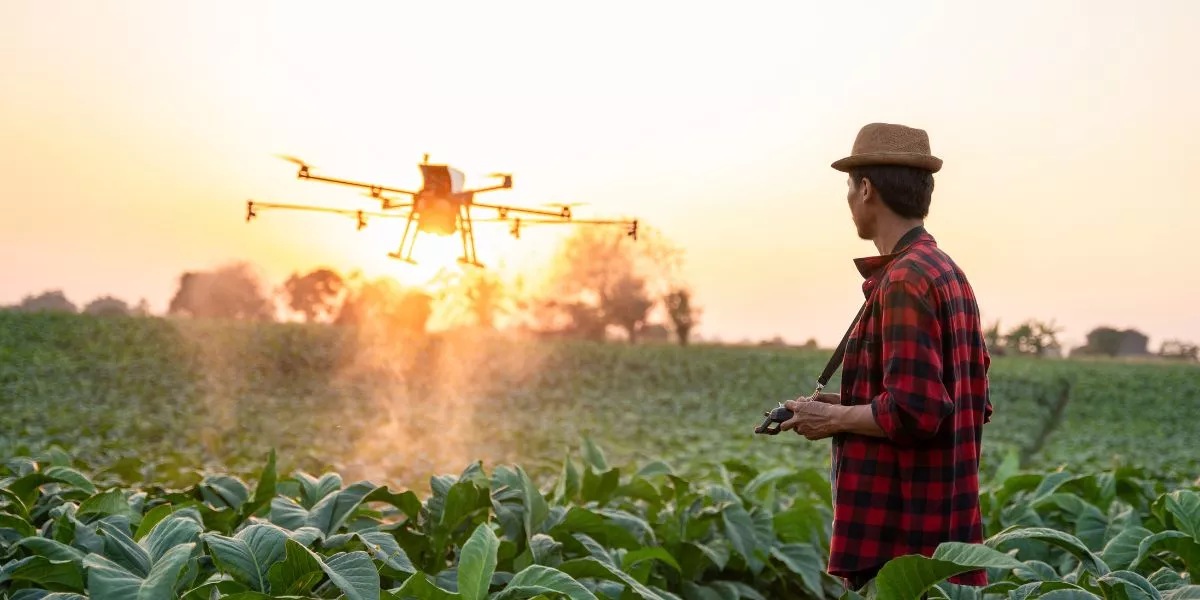When you’re starting out with drones, knowing what features to prioritize can make all the difference in your flying experience. You’ll want to pay attention to camera quality and flight time, but there are other factors that can enhance your enjoyment. Understanding the types of drones available is equally important. Let’s break down what you need to know before making your first purchase.
Understanding Drone Types: Choosing the Right Model
When it comes to choosing the right drone model, how do you know which one suits your needs?
First, consider the purpose of your drone. Are you looking for something for recreational flying, aerial photography, or racing? Each category offers different features and designs tailored to specific activities.
Next, think about your experience level. Beginner pilots might prefer a user-friendly model with stability features, while advanced users might seek high-speed drones with customizable settings.
Don’t overlook the size and portability of the drone. If you plan to travel, a compact model might be ideal.
Lastly, check the regulations in your area to ensure you choose a model that complies with local laws.
Finding the right drone ultimately enhances your flying experience.
Key Features to Look For: Camera Quality, Flight Time, and Range
Selecting the right drone involves more than just finding the right model; it’s also about understanding the key features that will enhance your flying experience.
First, consider camera quality. A high-resolution camera allows you to capture stunning images and videos, so look for drones with at least 1080p resolution.
Next, flight time is crucial; you don’t want to cut your adventure short. Aim for a drone with at least 20 minutes of flight time to maximize your fun.
Finally, evaluate the range. A longer range gives you more freedom to explore, so consider drones that can fly at least a few kilometers away.
Essential Safety Features: What to Prioritize
As you dive into the world of drones, prioritizing essential safety features is crucial for a smooth flying experience.
First, look for a return-to-home function, which automatically brings your drone back if it loses signal or runs low on battery. GPS functionality is also vital, helping you track your drone’s location and navigate obstacles.
Additionally, consider drones with obstacle avoidance sensors, which prevent crashes by detecting nearby objects. A robust fail-safe system is another must-have, ensuring your drone lands safely in case of emergencies.
Lastly, check for geofencing capabilities, which restrict your drone from flying into prohibited areas.
Regulations and Guidelines: Staying Compliant While Flying
Understanding regulations and guidelines is essential for any drone pilot who wants to fly responsibly and avoid legal trouble.
Before you take to the skies, familiarize yourself with local laws and federal regulations, like those set by the FAA in the United States. You’ll need to register your drone if it weighs over 0.55 pounds.
Always fly below 400 feet, keep your drone in sight, and avoid flying near airports or crowds. Additionally, consider any specific regulations in your area, including no-fly zones or required permits.
By staying informed and compliant, you’ll not only protect yourself but also contribute to the safety and respect of the wider community.
Conclusion
In conclusion, choosing the right drone as a beginner is all about finding a balance between quality and safety. Focus on models with at least 1080p camera quality, a flight time of 20 minutes or more, and essential stability features. Don’t forget to prioritize safety with GPS and obstacle avoidance. By keeping these key factors in mind, you’ll have a more enjoyable and secure flying experience. Happy flying, and enjoy capturing stunning aerial views!

